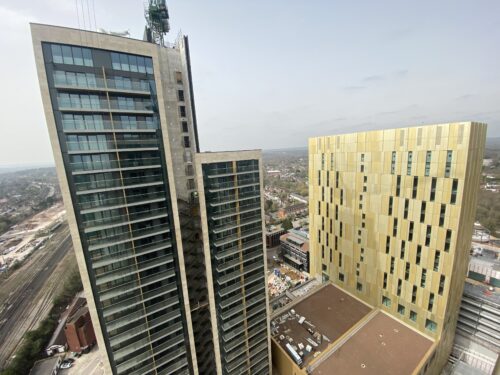A Vertical City is an entire human habitat that can thrive in a skyscraper.
Our population is constantly growing and an increasing percentage of this growing population is seeking urban living. Increasing the number of homes and neighborhoods more often than not results in the destruction of forests and other important natural habitats. How can we combat this in order to maintain the green space we have left? How can we create a more sustainable model for urban living? This is where Vertical Cities come in.
The development of skyscrapers and vertical transportation has been inseparable. The inventor of the elevator Otis has paved the way for the proliferation of skyscrapers, making them a reality and now part of almost every city backdrop. Preparing for the near future of drones dropping you off at different levels or a tower, vertical transportation and connectivity among buildings needs to be reinvented. How will the latest evolution of vertical transportation rewrite formula of vertical cities?





